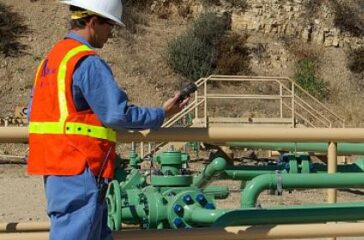Postcard from California: Roadblocks on the path to phase out gas
By Bill Walker
The October 2015 blowout at Aliso Canyon – a vast network of underground natural gas storage wells in Los Angeles’ San Fernando Valley – stands as one of the worst environmental disasters in California history.
 EWG
EWG